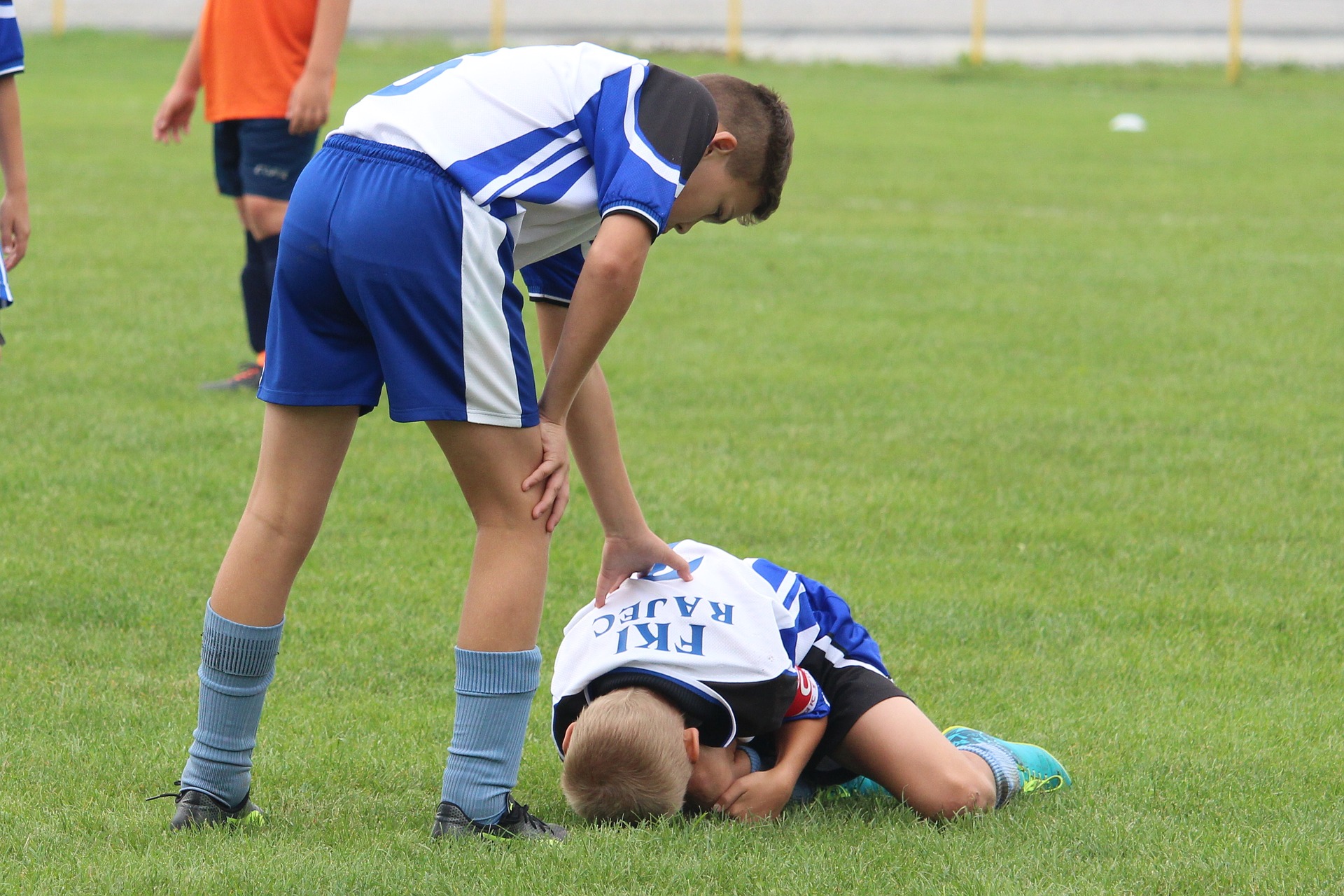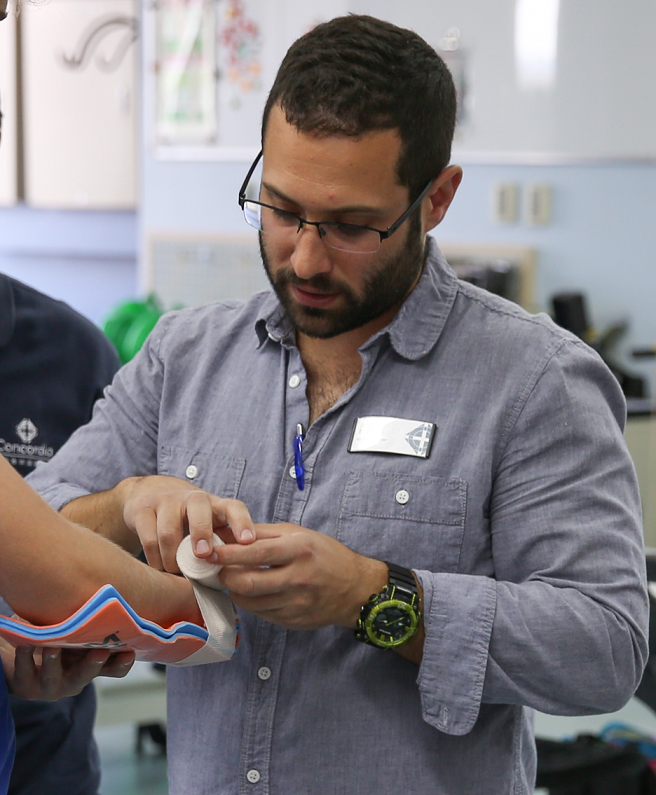 Institutions in the U.S. and abroad are getting educated on the treatment of concussions. At a recent regional international school conference, some athletic directors shared with Jared Maisel, certified athletic trainer (ATC), some long lasting effects concussions have had on their athletes, and he believes strongly that international schools update their understanding of the matter. International schools can best serve their communities by establishing an appropriate policy, which would include education and communication.
Institutions in the U.S. and abroad are getting educated on the treatment of concussions. At a recent regional international school conference, some athletic directors shared with Jared Maisel, certified athletic trainer (ATC), some long lasting effects concussions have had on their athletes, and he believes strongly that international schools update their understanding of the matter. International schools can best serve their communities by establishing an appropriate policy, which would include education and communication.
Ideally, all members of a school community should complete an online concussion education program. The CDC and the National Federation of State High Schools (NFHS) have partnered to offer customized, audience appropriate education programs—absolutely free—which can be accessed at their respective websites, Heads Up Campaign and NFHS Learning Center.
 The recommended proprietary policy and protocol, detailing a start-to-finish process of head injury management, emphasizes a team-approach with duties and delineations for health office staff, teachers, parents, administrators, counselors, and students. Furthermore, it is recommended that onsite medical personnel (likely the school nurse) use a standardized system of evaluation like the SCAT5 (which is free). To reduce confusion and chances of mismanagement, a seamless communication route should be established to update all personnel on the student’s recovery progress. For example, academic accommodation should be a major component of the recovery process because physical and cognitive demands will delay the healing process and prolong symptoms.
The recommended proprietary policy and protocol, detailing a start-to-finish process of head injury management, emphasizes a team-approach with duties and delineations for health office staff, teachers, parents, administrators, counselors, and students. Furthermore, it is recommended that onsite medical personnel (likely the school nurse) use a standardized system of evaluation like the SCAT5 (which is free). To reduce confusion and chances of mismanagement, a seamless communication route should be established to update all personnel on the student’s recovery progress. For example, academic accommodation should be a major component of the recovery process because physical and cognitive demands will delay the healing process and prolong symptoms.
 Once a student has fully returned to the classroom and normal daily activities without concussion-like symptoms, Jared recommends that the student take part in the Return to Play (RTP) process. This is a procedure whereby the patient’s body is progressively physically challenged over the course of five days or more. This is done to ensure that the concussion has been completely resolved and that physical activity does not cause symptoms to recur. The NFHS also provides free resources on how to conduct the RTP process. The five-step process should be supervised and monitored by personnel defined in the school’s concussion management policy—most likely the medical personnel or sports coach. Any increase of symptoms during this process would indicate that the concussion has not been resolved and all physical activities should be discontinued. The RTP process would start all over again once the student is asymptomatic.
Once a student has fully returned to the classroom and normal daily activities without concussion-like symptoms, Jared recommends that the student take part in the Return to Play (RTP) process. This is a procedure whereby the patient’s body is progressively physically challenged over the course of five days or more. This is done to ensure that the concussion has been completely resolved and that physical activity does not cause symptoms to recur. The NFHS also provides free resources on how to conduct the RTP process. The five-step process should be supervised and monitored by personnel defined in the school’s concussion management policy—most likely the medical personnel or sports coach. Any increase of symptoms during this process would indicate that the concussion has not been resolved and all physical activities should be discontinued. The RTP process would start all over again once the student is asymptomatic.
Proper management of sports injuries among students will help ensure the health and safety of school sports and their participants for years to come.
